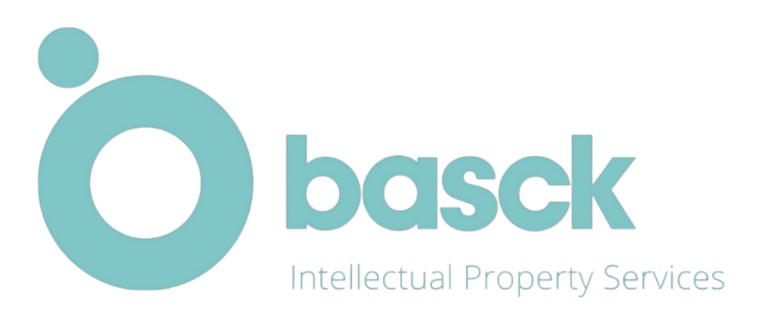If you are an IP lawyer you are being asked this question on a regular basis: “How to get a global trade mark?”. Who wouldn’t want global protection? Whether it is a trade mark, patent or design, our gut tells us the protection should be global, and preferably automatic, just like copyrights.
Unfortunately, the answer to this question is as simple as it is disappointing: there is no such thing as a global trade mark. You cannot get one worldwide registration for your brand.
However, this does not mean that there is nothing you can do to get global coverage.
There are plenty of options for protecting your trade mark internationally. Below you will find 3 simple steps on how to do it and not spend your life savings doing it.
1. Secure the date – local trade mark protection
Trade mark rights in most countries are granted on the “first come, first served” basis. This means that the person who filed their application first gets the earlier right in the specific field against the rest. For this reason, it is very important to file the first trade mark application as soon as you decide what your brand should be and for which goods and services you intend to use it.
The first application can be done anywhere in the world, therefore, you can choose to do it in the national office of the country where you are based, which is usually quite cheap. Another option is to start with regional protection, e.g. EU trade mark, which takes us to the next point…
2. Regional trade mark protection
There are groups of countries which joined their forces and agreed to set up regional offices that allow you to obtain unitary trade mark registration in a certain group of countries through one trade mark filing.
The most well-known is, of course, European Union. Through one filing with the EU Intellectual Property Office, you can get the trade mark registration effective in all 27 Member States (not in the UK anymore!), at a cost much lower than if you had filed the mark in each country separately.
There are also other regional Offices, such as:
- BOIP – for regional protection in Belgium, the Netherlands and Luxembourg;
- OAPI – African Intellectual Property Organization for regional protection in Benin, Burkina Faso, Cameroon, the Central African Republic, Chad, the Comoros, the Congo, Côte d’Ivoire, Equatorial Guinea, Gabon, Guinea, Guinea-Bissau, Mali, Mauritania, the Niger, Senegal, and Togo.
- ARIPO – African Regional Intellectual Property Organization for regional protection in Botswana, Eswatini, Gambia, Ghana, Kenya, Lesotho, Liberia, Malawi, Mauritius, Mozambique, Namibia, Rwanda, Sao Tome and Principe, Sierra Leone, Somalia, Sudan, Tanzania, Uganda, Zambia, Zimbabwe.
Once the filing is lodged with the local or regional Office, the clock starts ticking on your 6 months priority period, which takes us to the last point – global trade mark registration.
3. International registration via Madrid Protocol
The Madrid Agreement, and subsequently the Madrid Protocol, are two legal acts that created a system of simple and cost-effective international protection of trade marks.
Once you have your first, local or regional, application filed, you have 6 months from that first filing date to file the same trade mark application internationally with a priority claim. This gives you the benefit of the first filing date for the subsequent applications in other countries, even if they were filed later. This must, however, happen within 6 months from the first filing. Quite handy, considering the “first come, first served” rule, isn’t it?
Usually, if you want to protect your trade mark in a particular country, you need to pay all official fees to the local trade mark office and also pay the local attorney to represent you in the process. A filing using the Madrid Protocol simplifies this; you can file one application, using the same representative you used for your first filing, and select in which countries and regional offices you want to have the mark protected. The full list of countries is quite long and can be found here. Filing an application is, of course, just the beginning of the process, but with the right IP representative it can be simple and painless.
The Madrid System, with its 107 Members covering 123 countries, which represent over 80% of the world trade, provides as global trade mark protection as it can possibly be.
Basck, with its offices in 6 countries on 4 continents, is well-prepared to help you with any international trade mark matters. Feel free to reach out through our contact form with all your enquiries!


